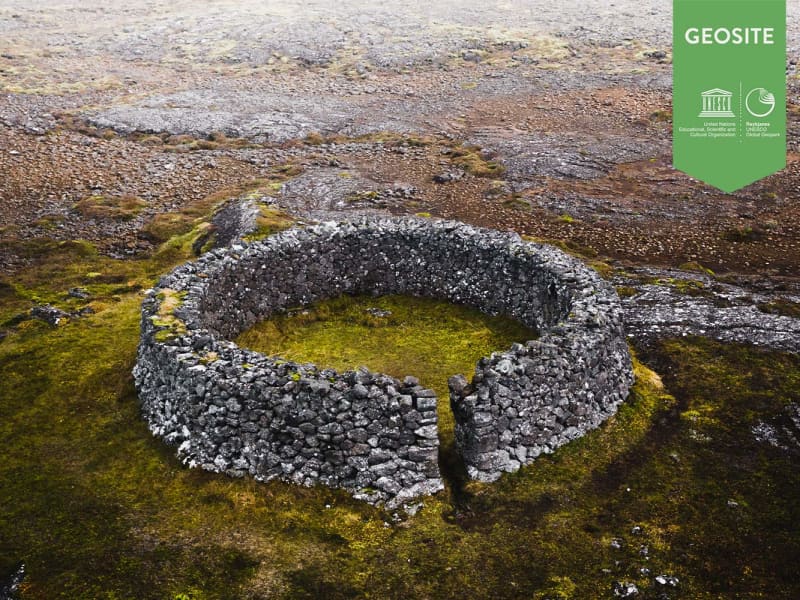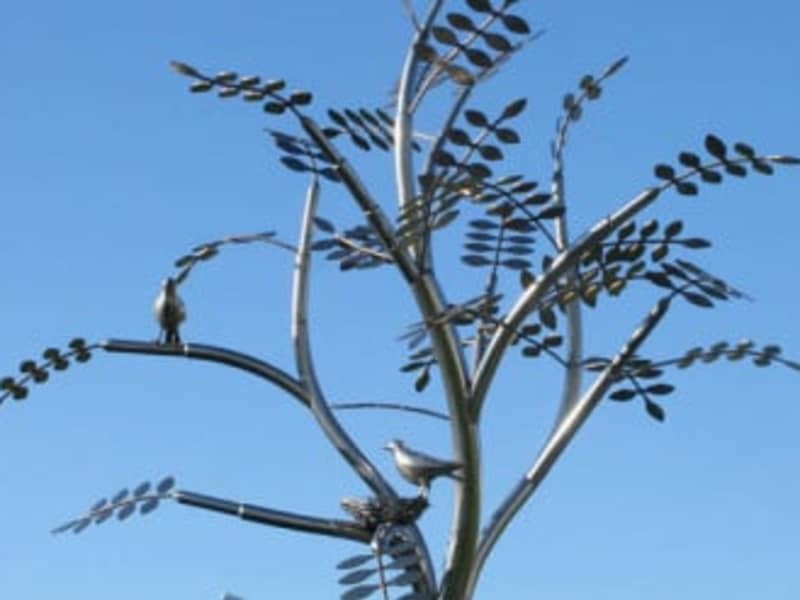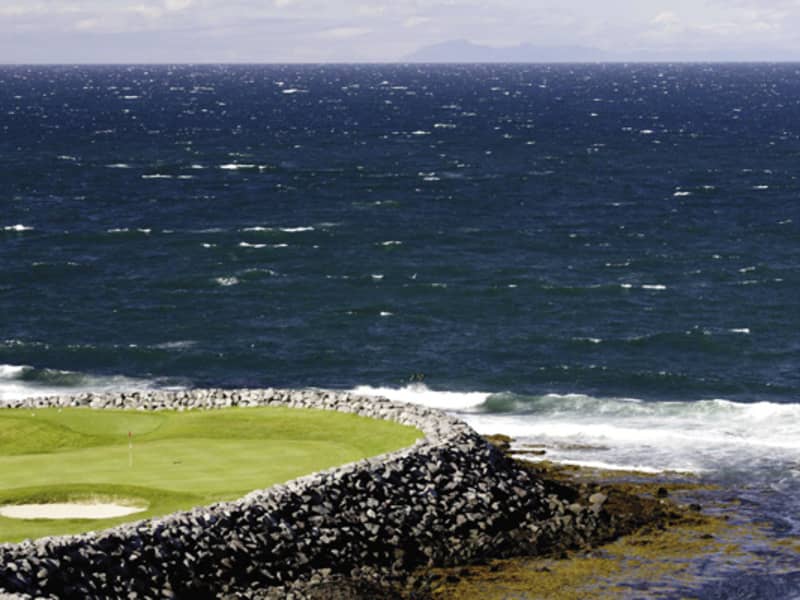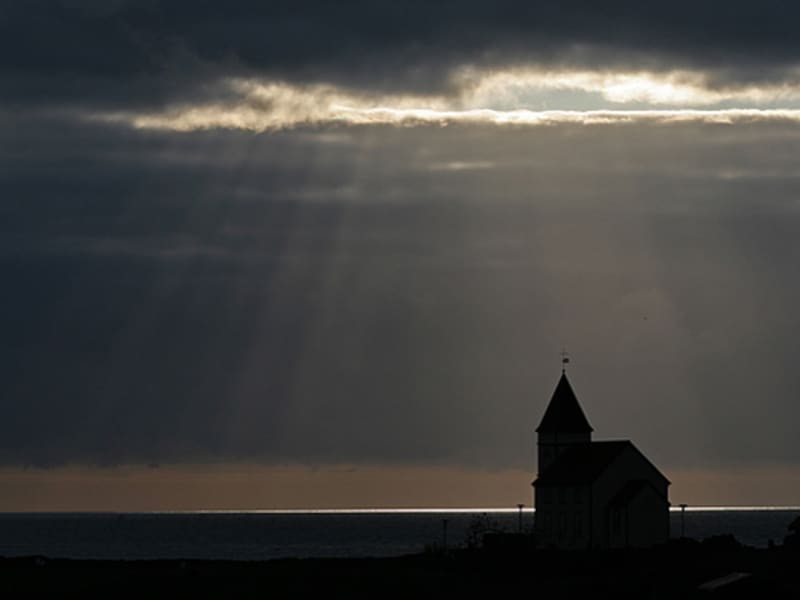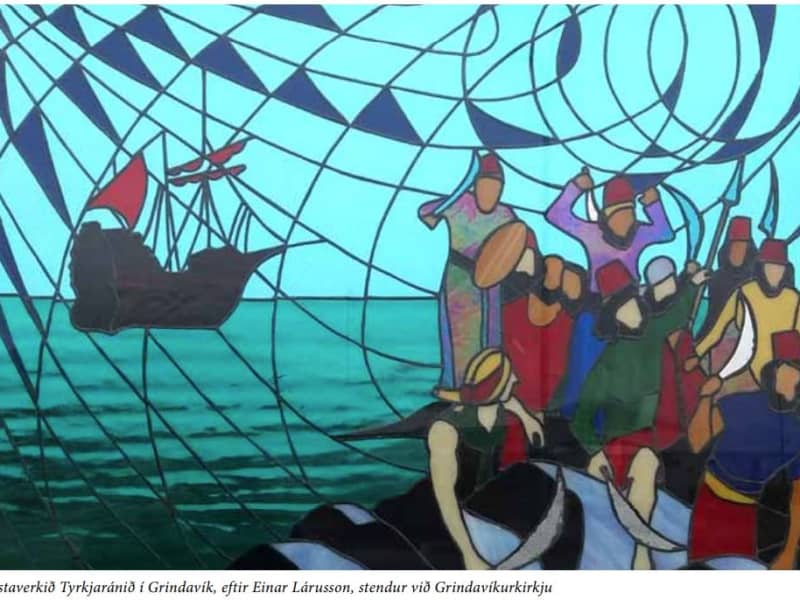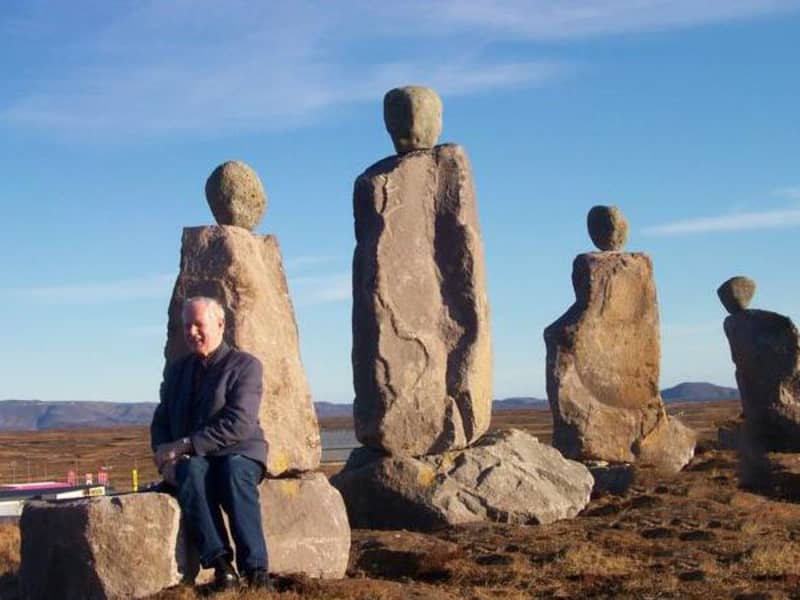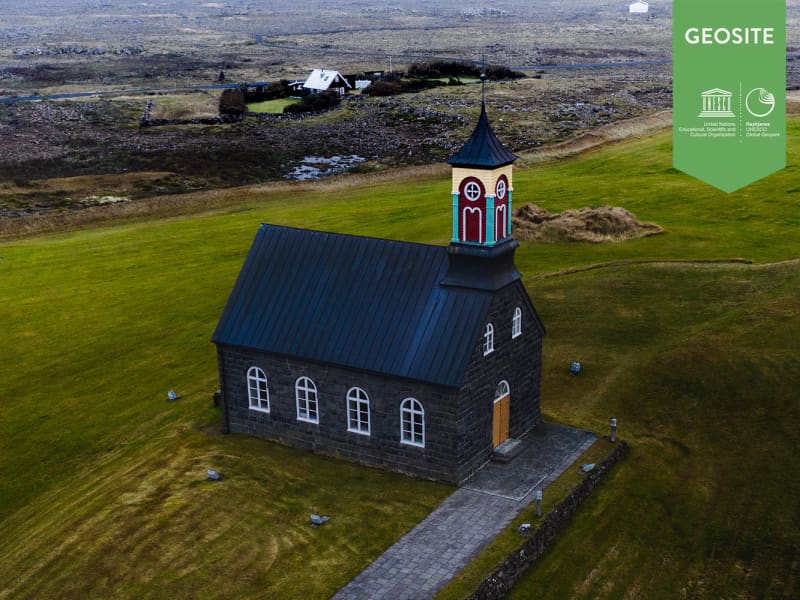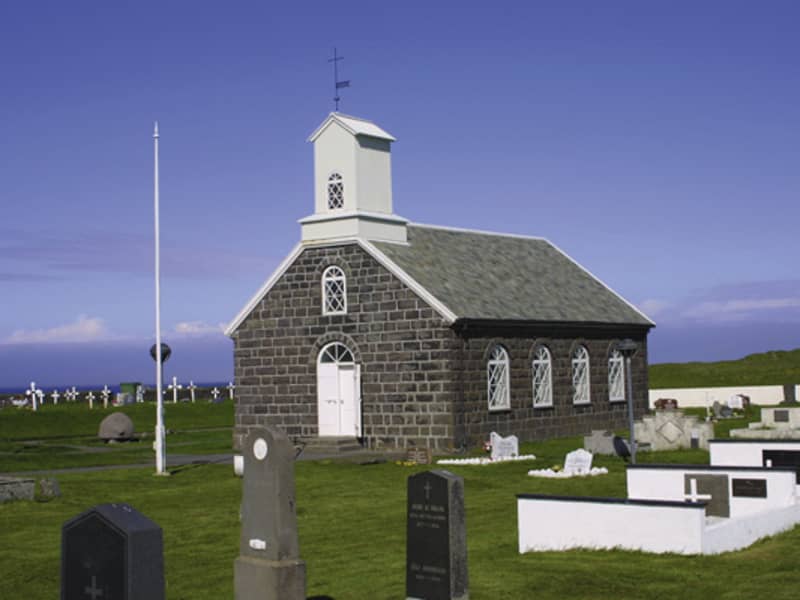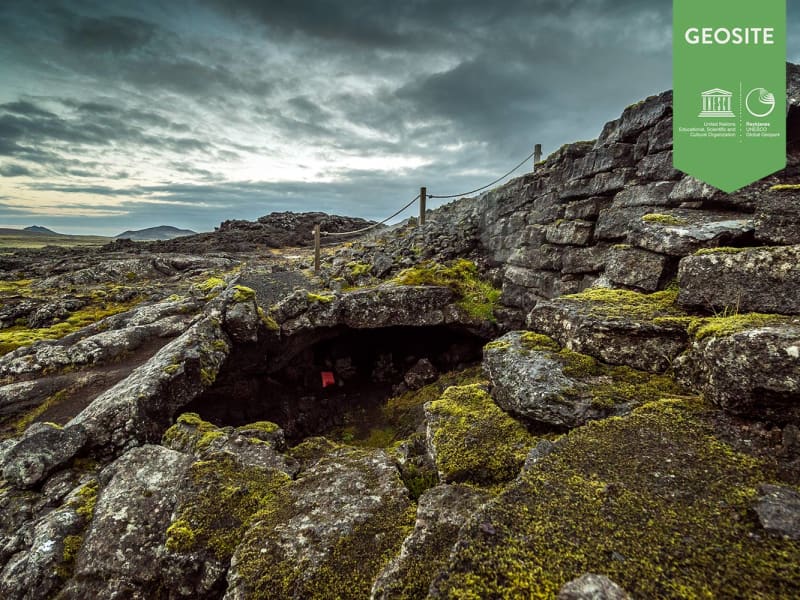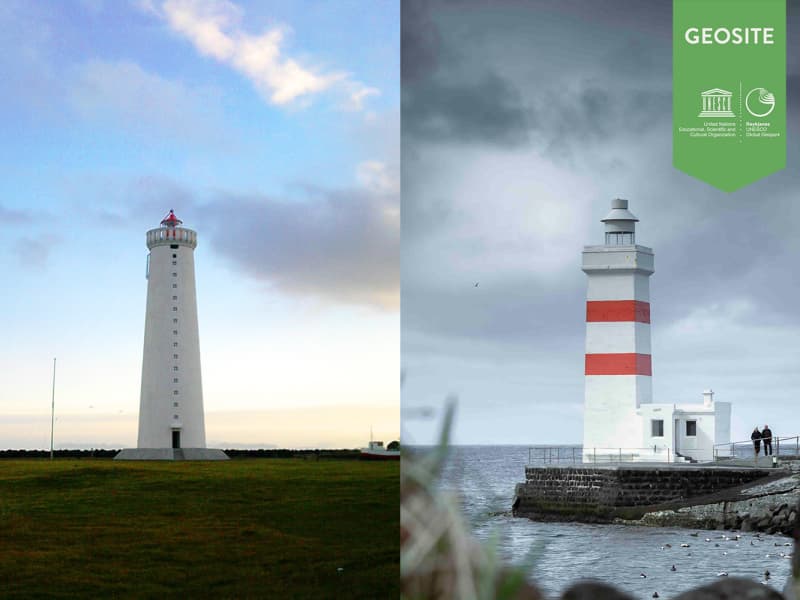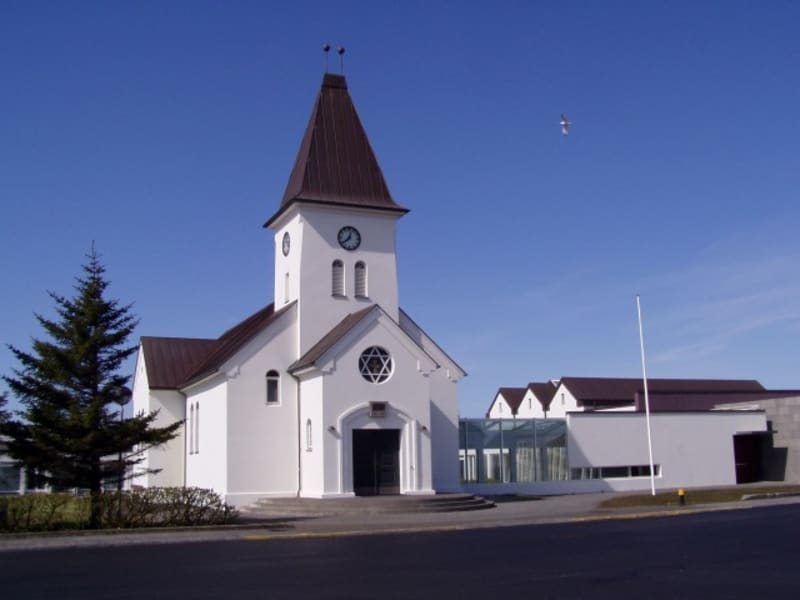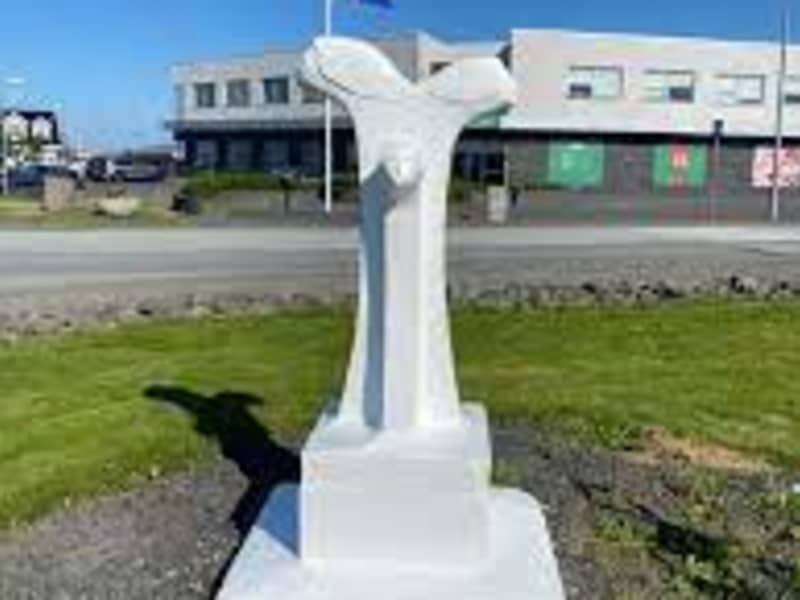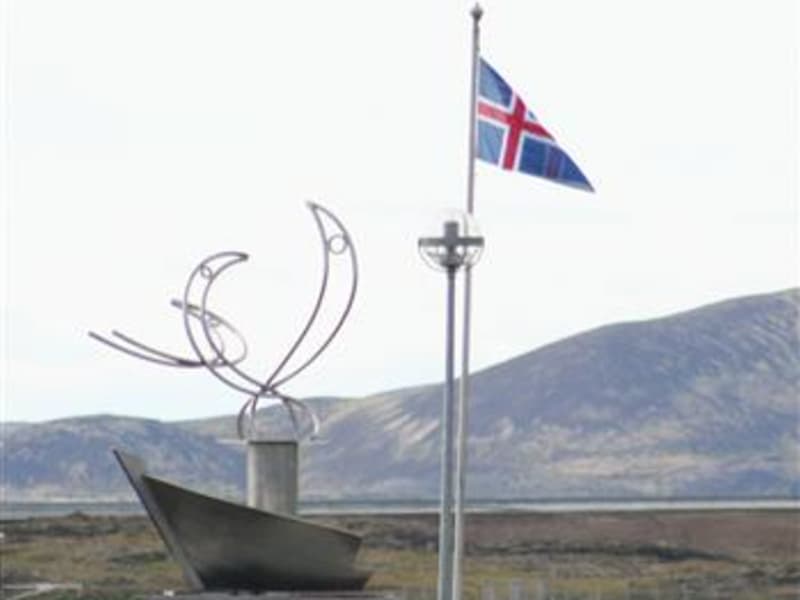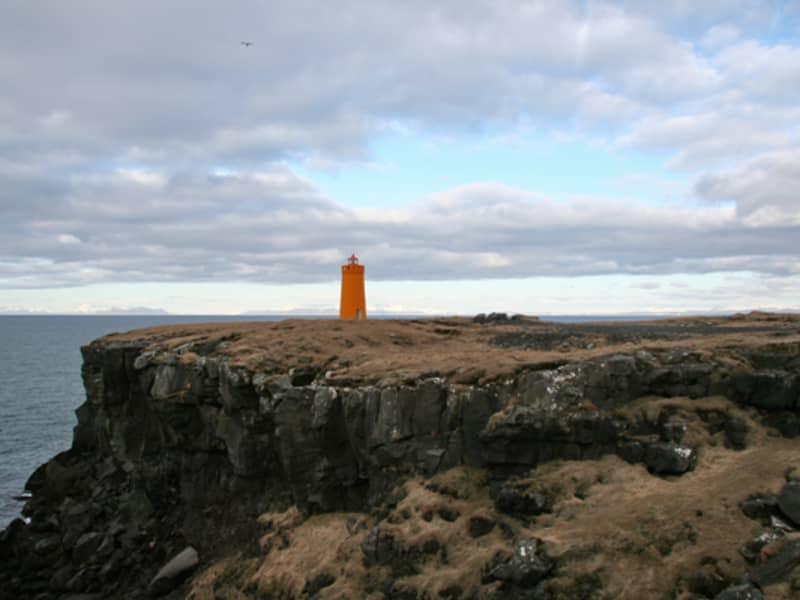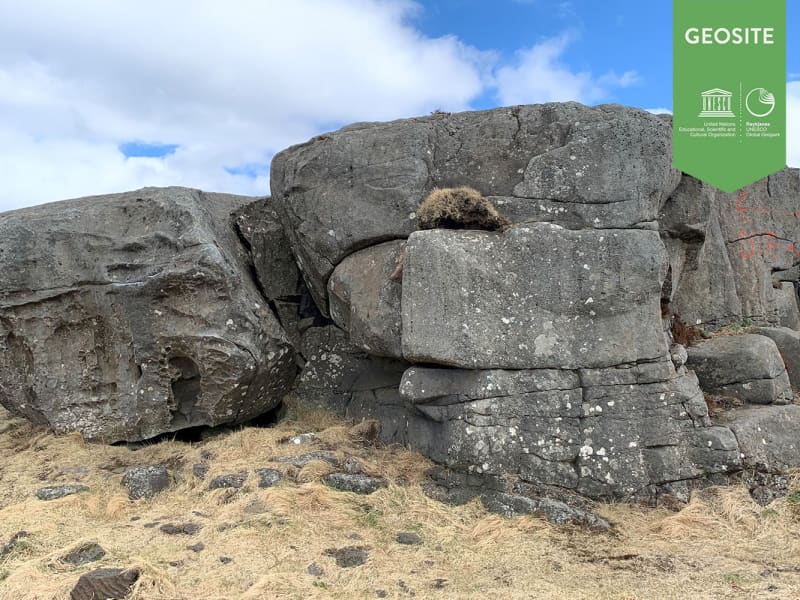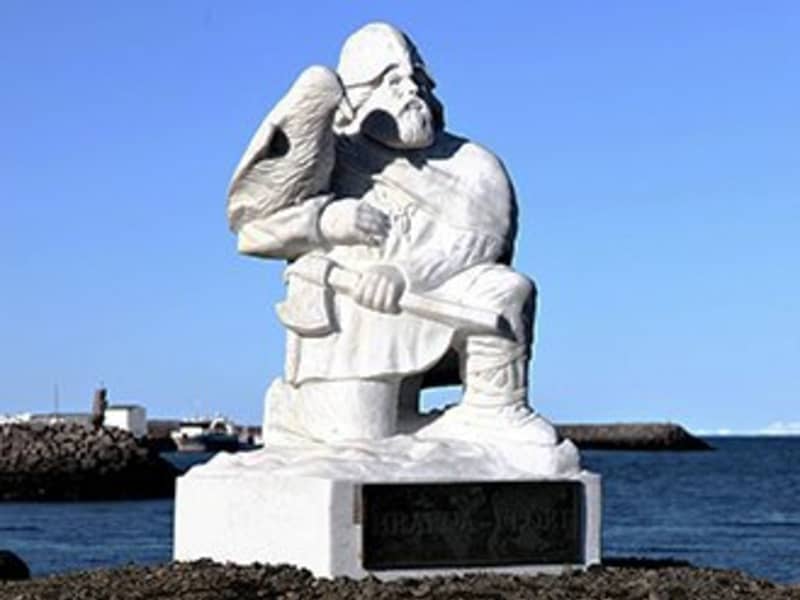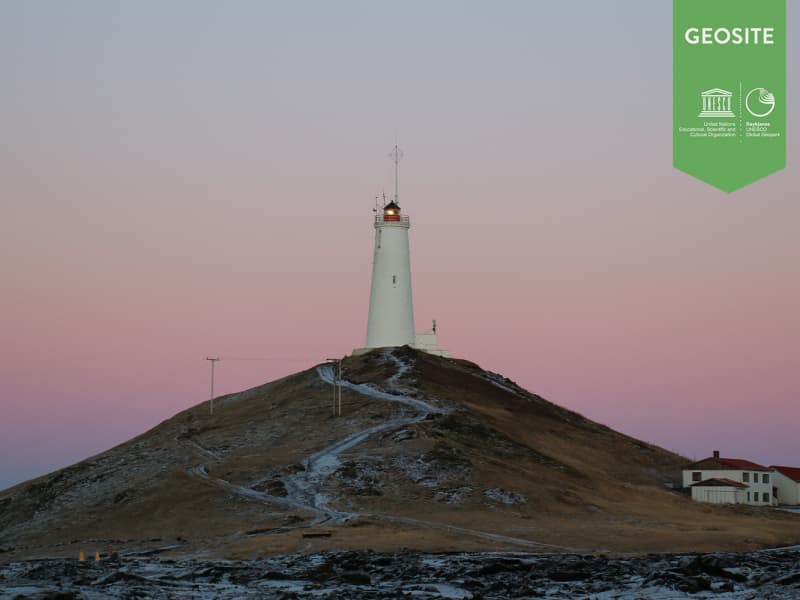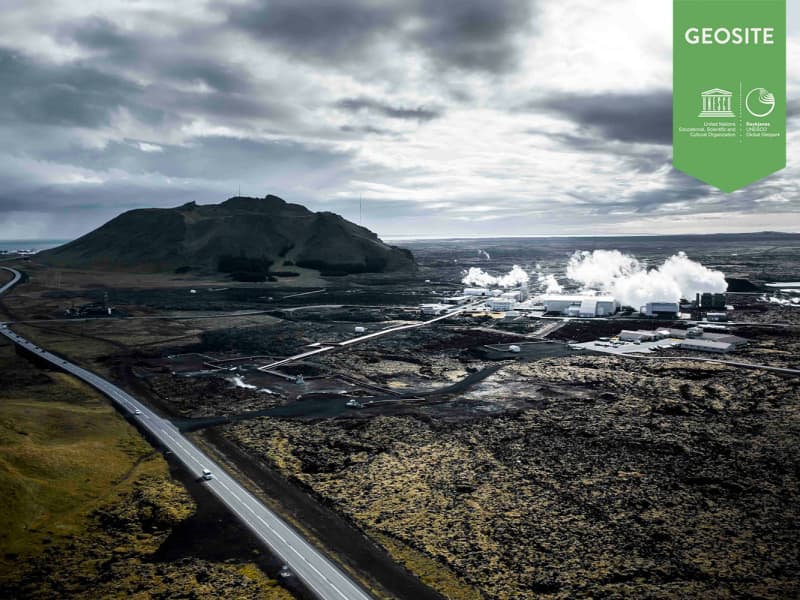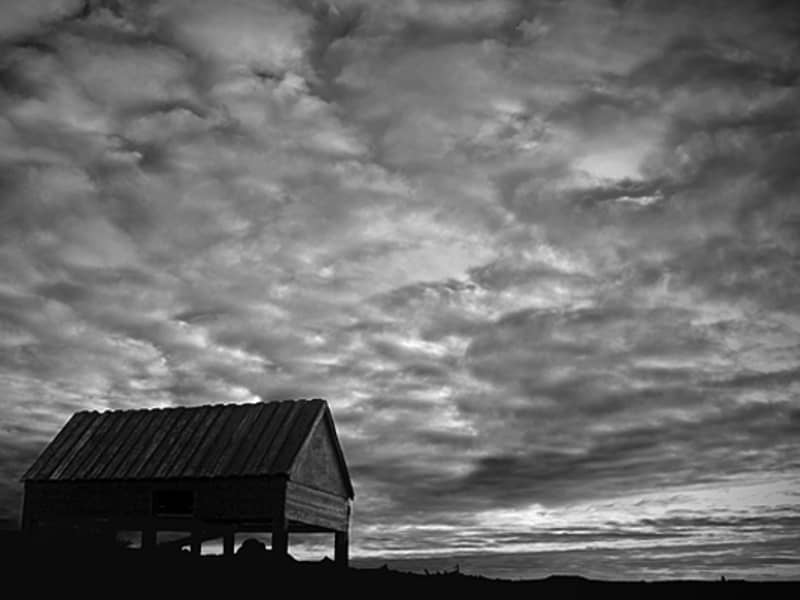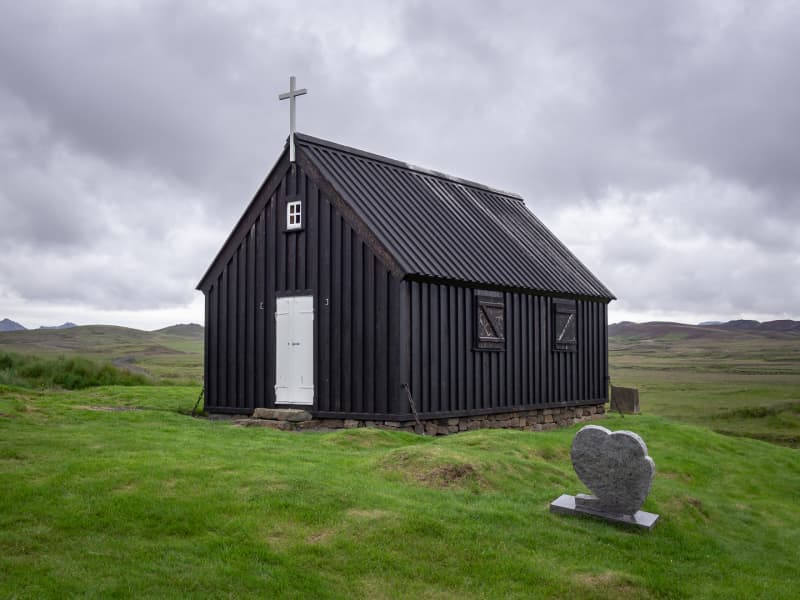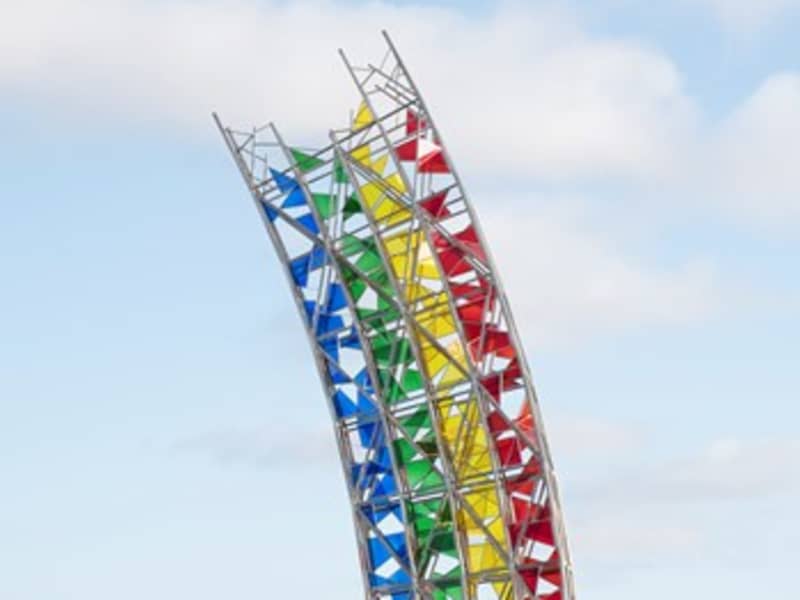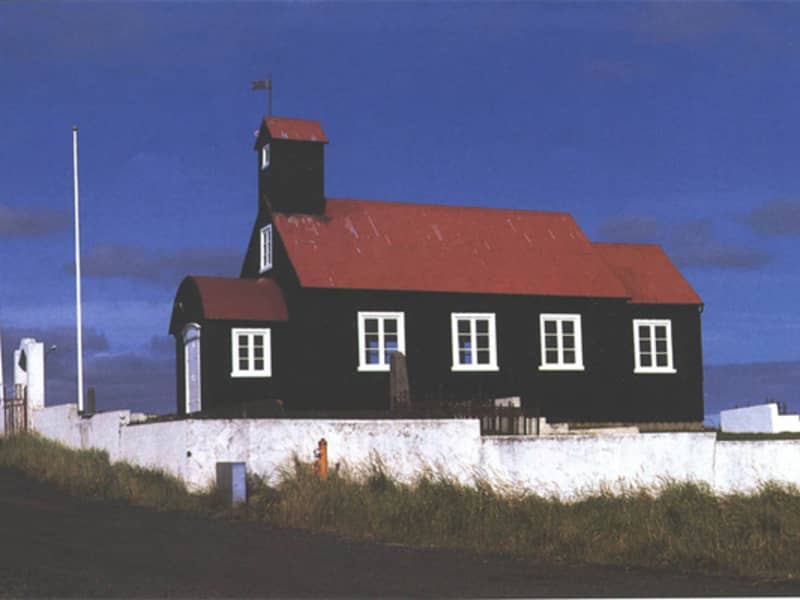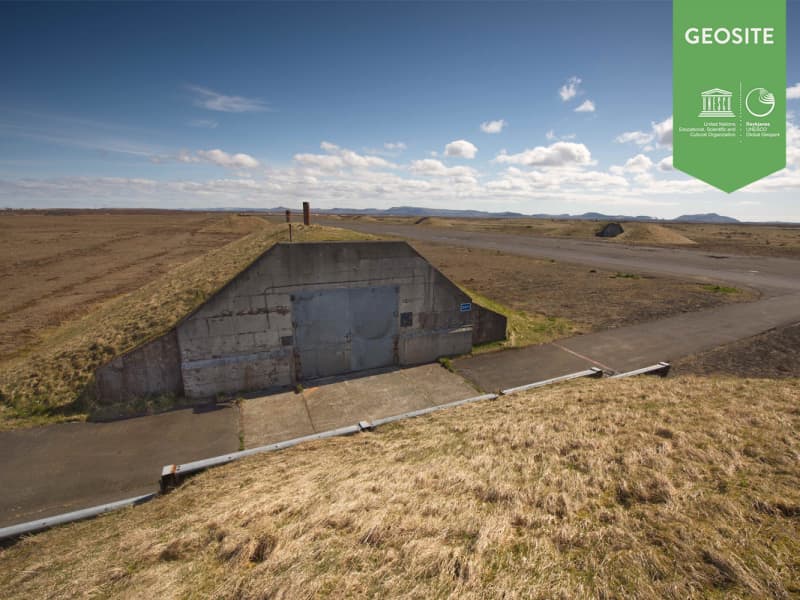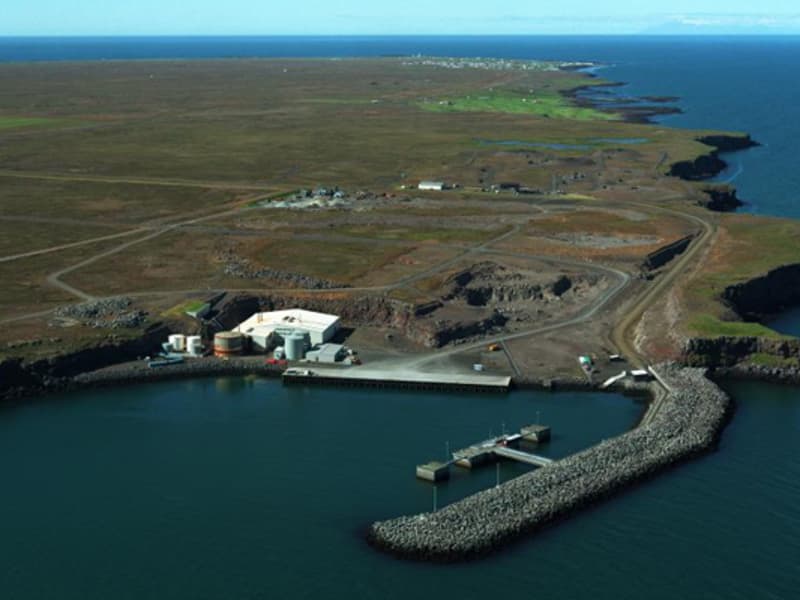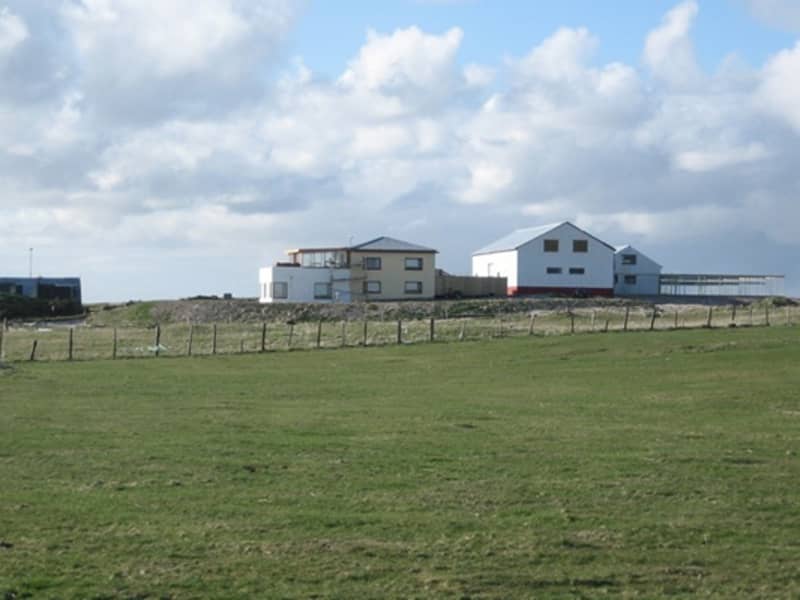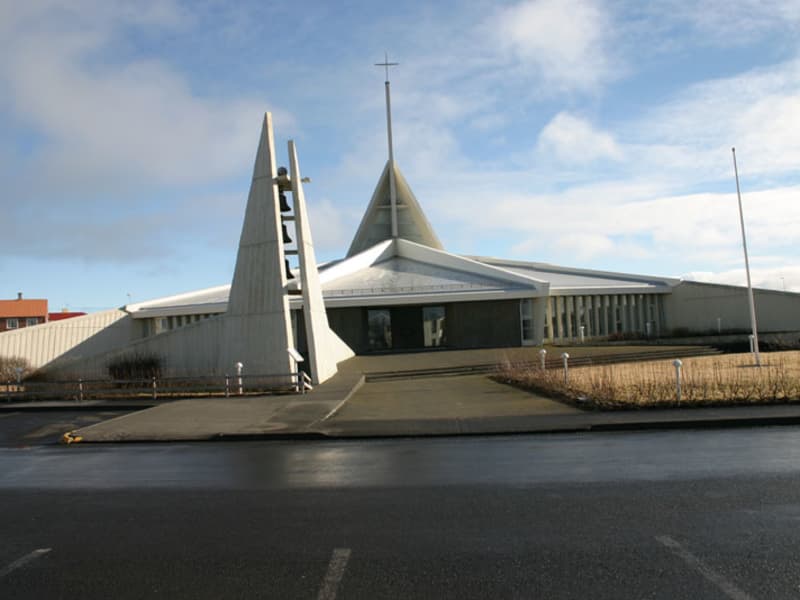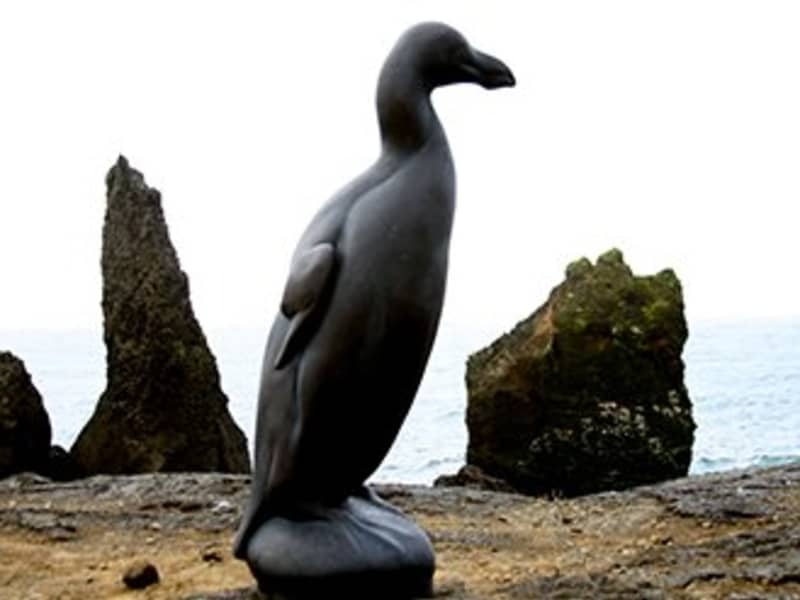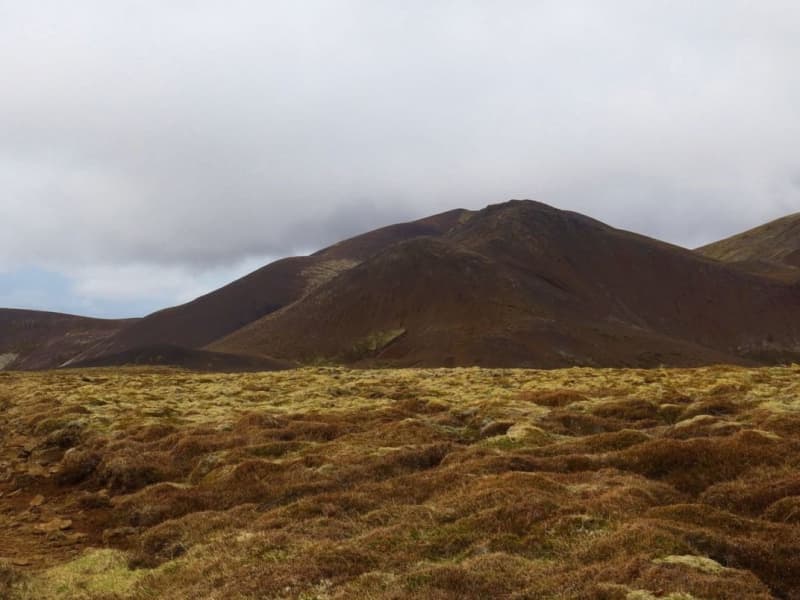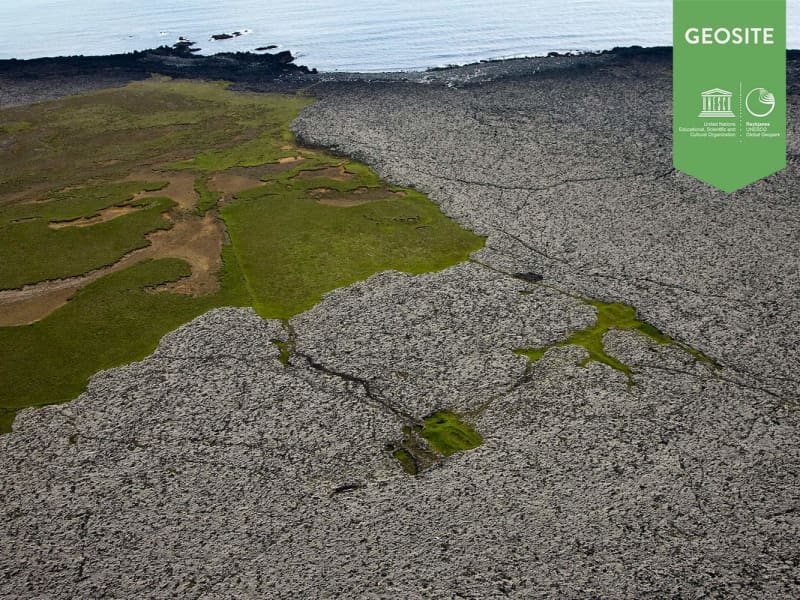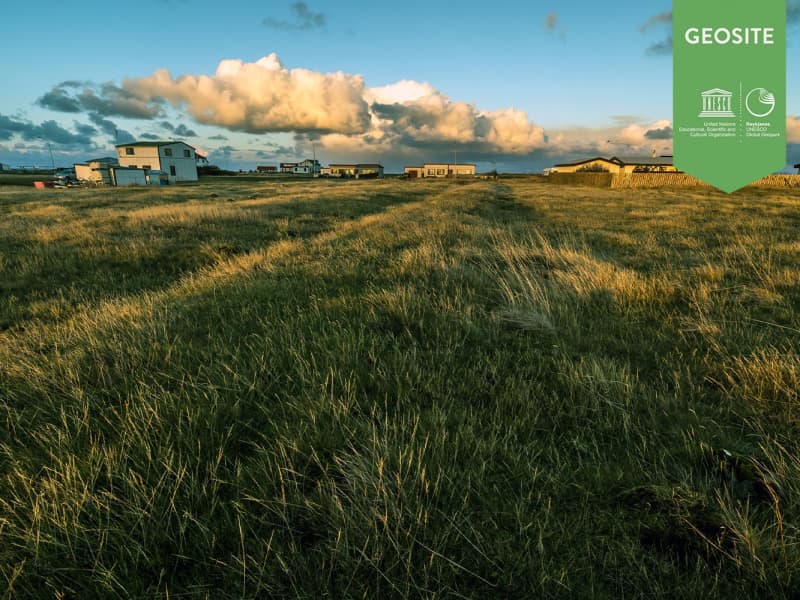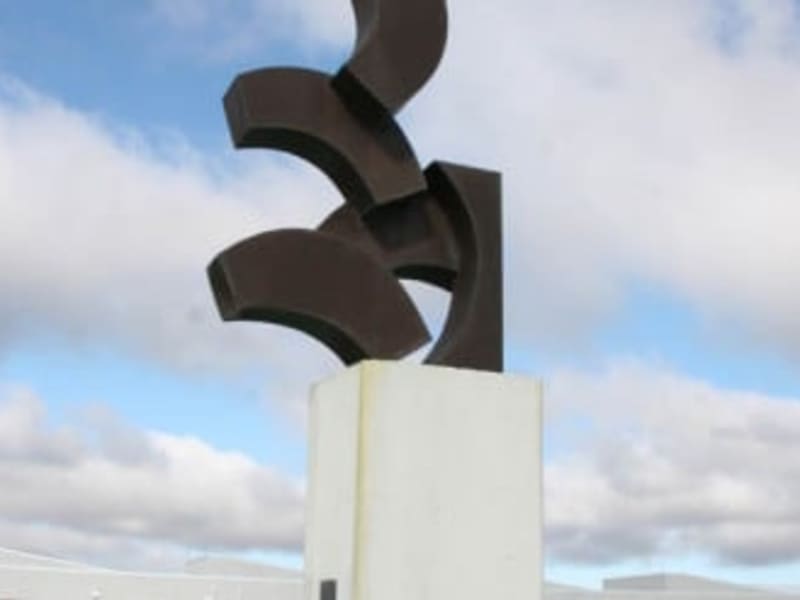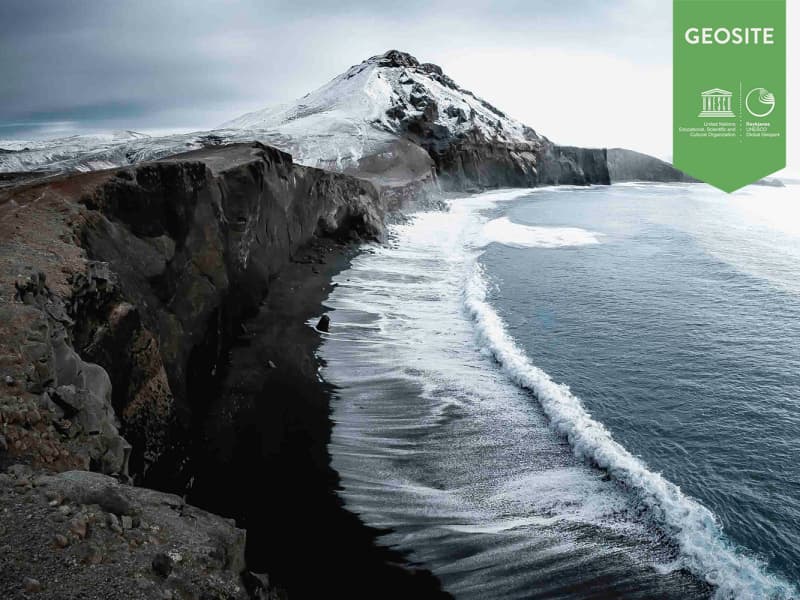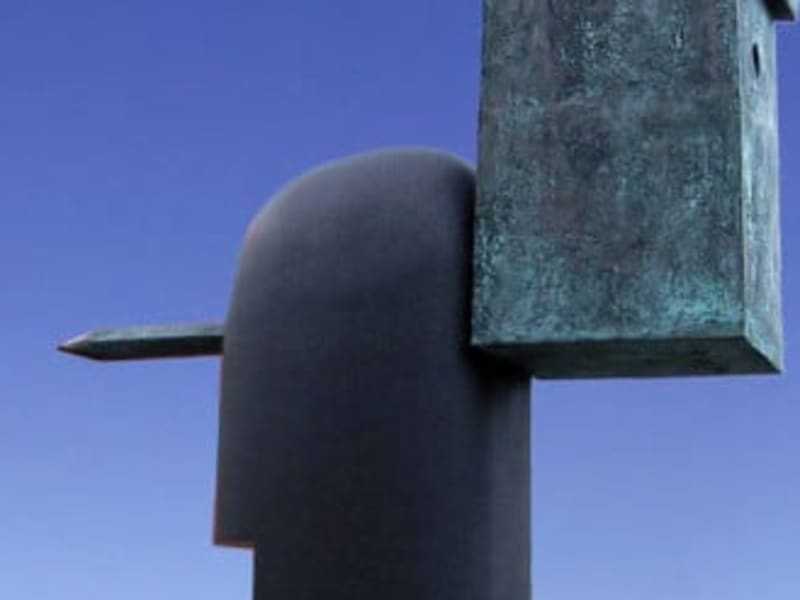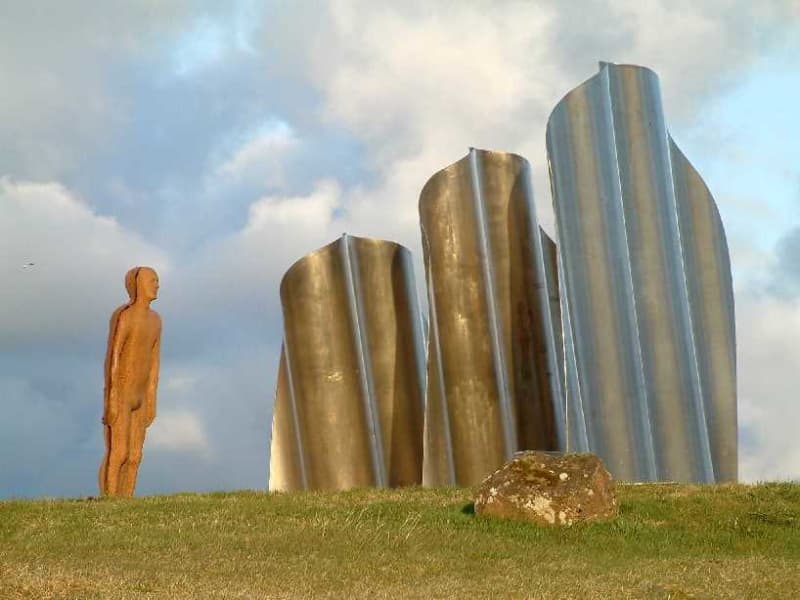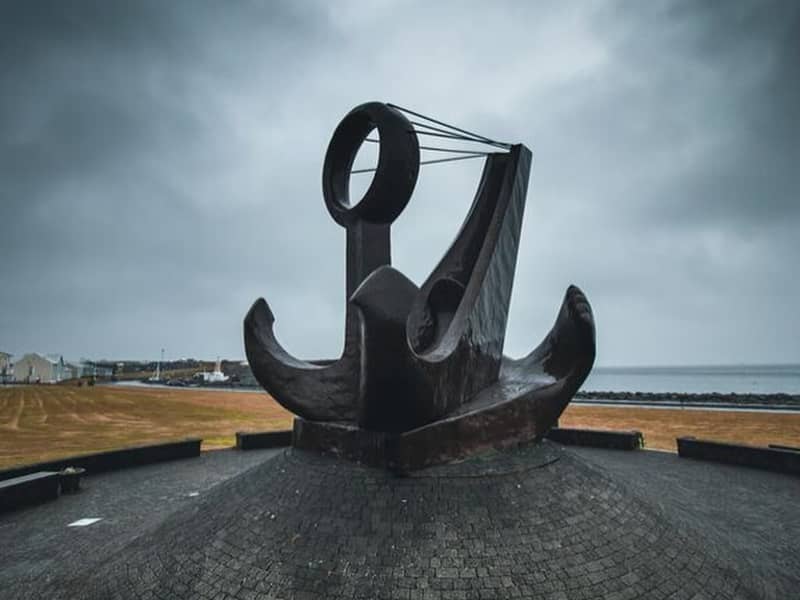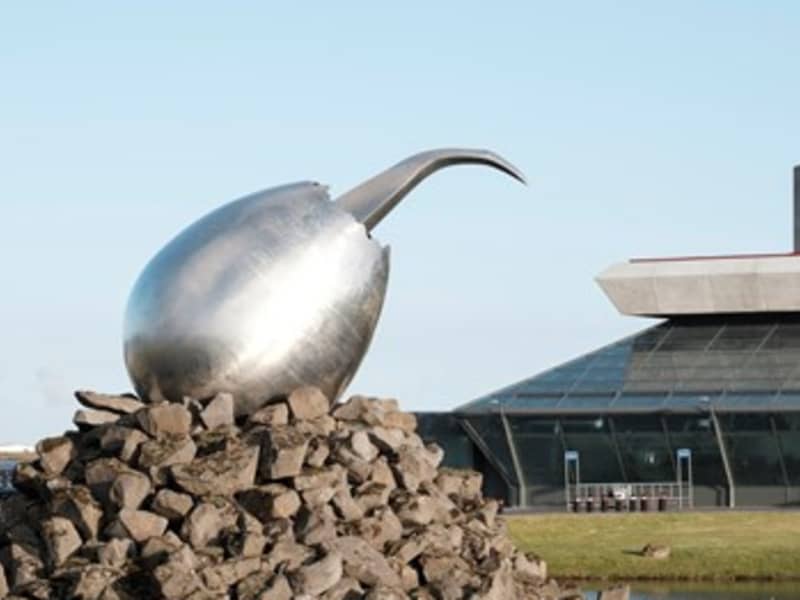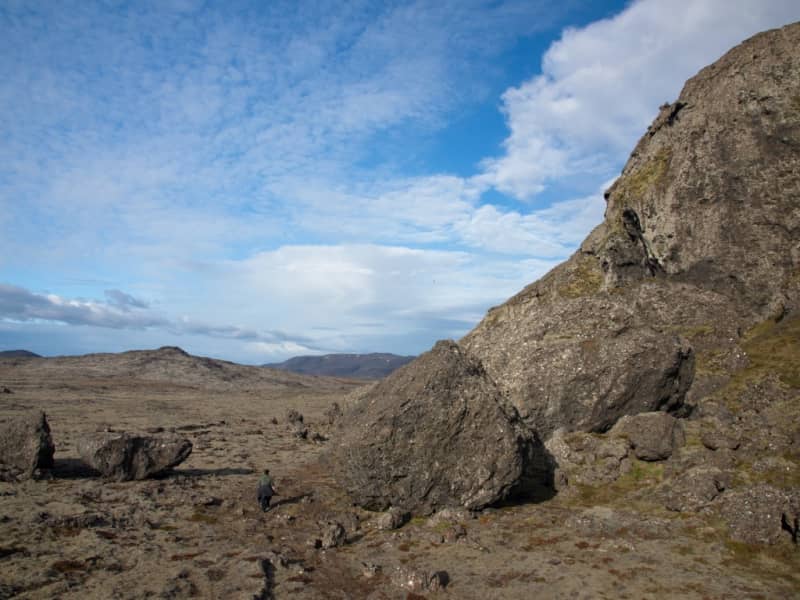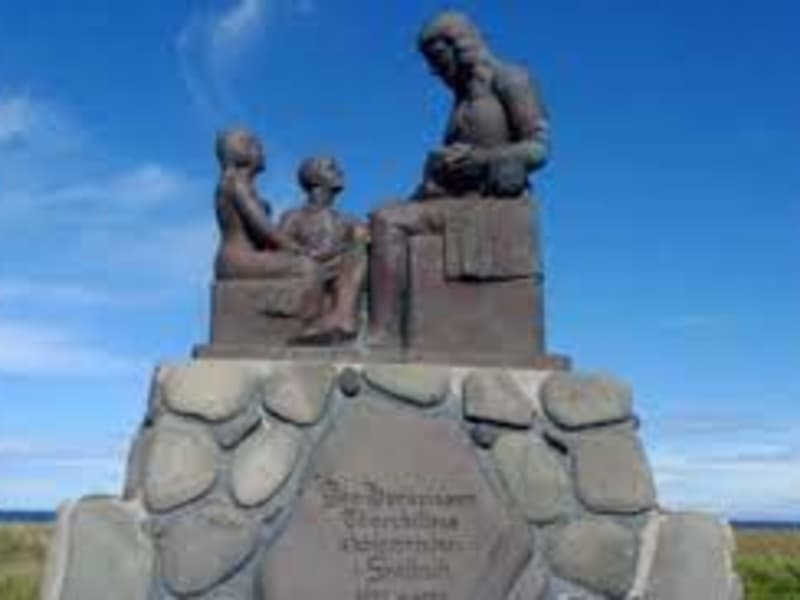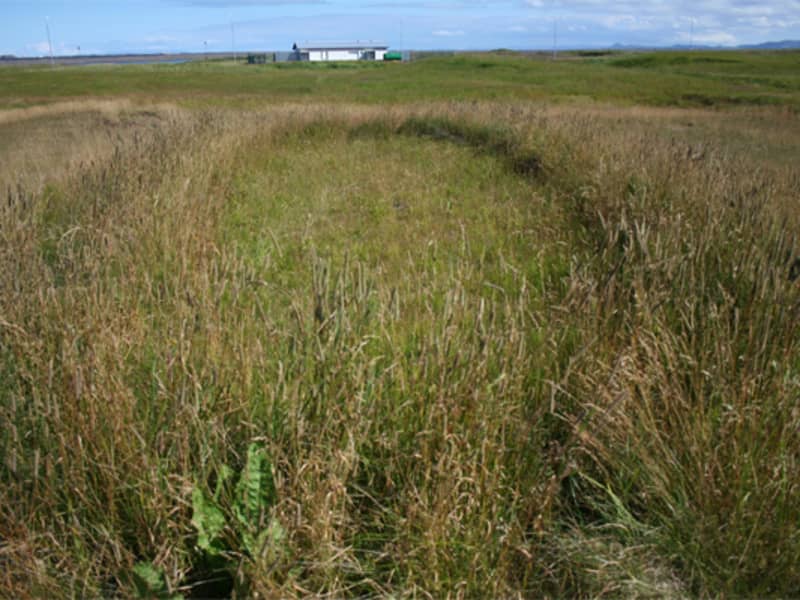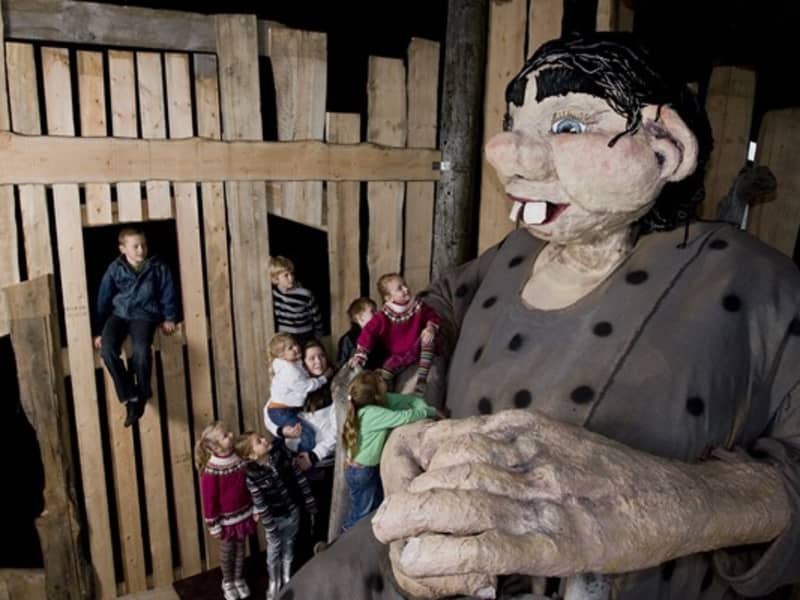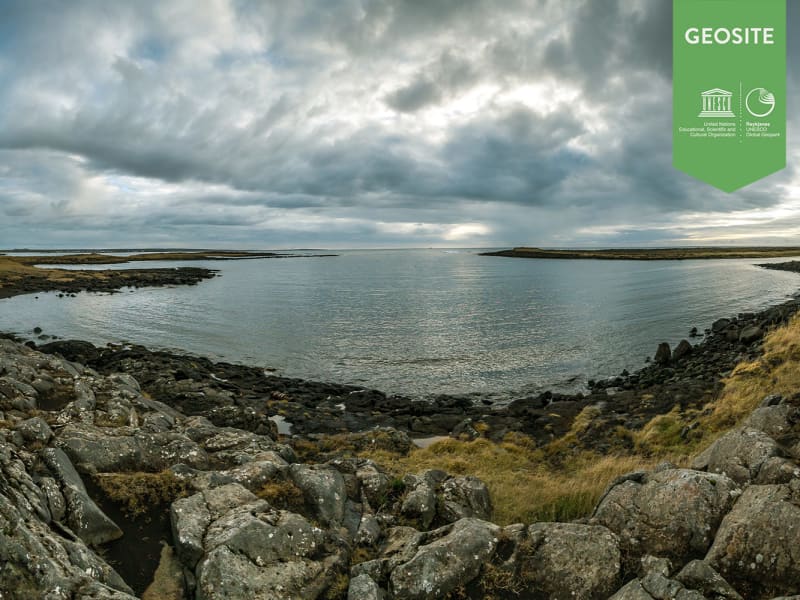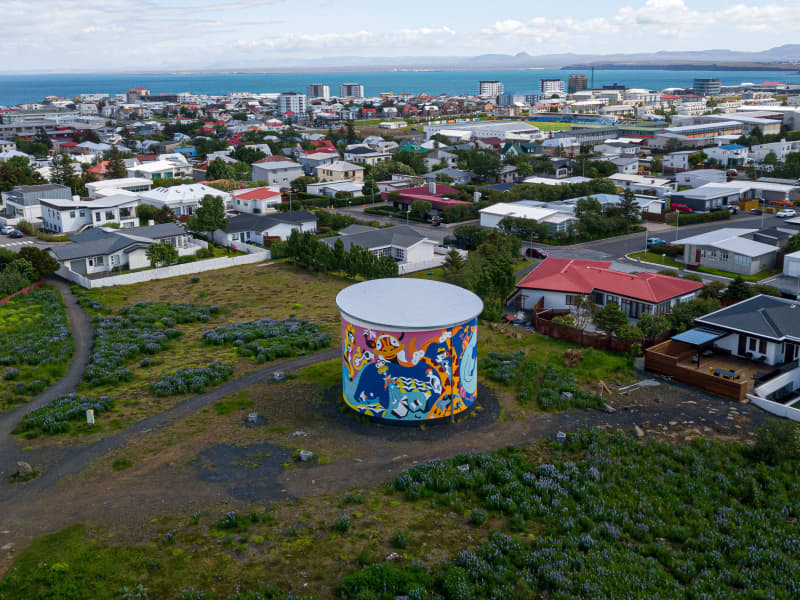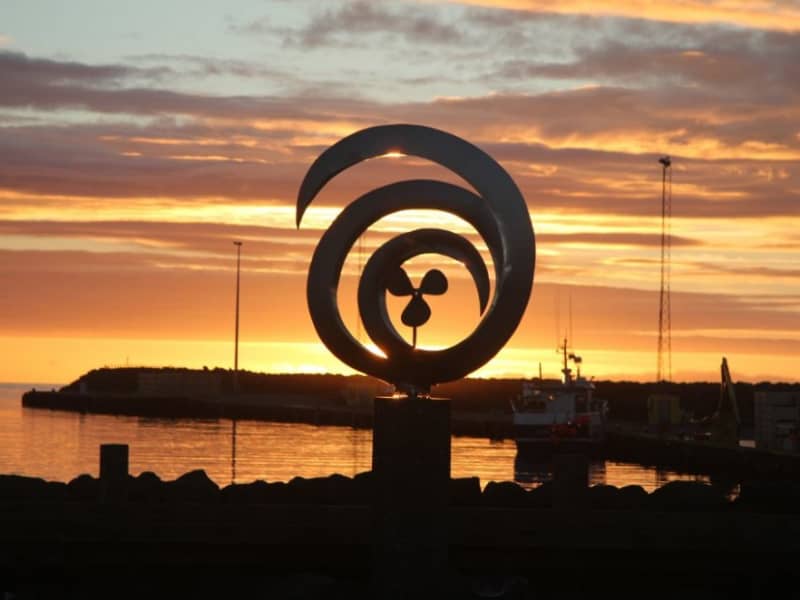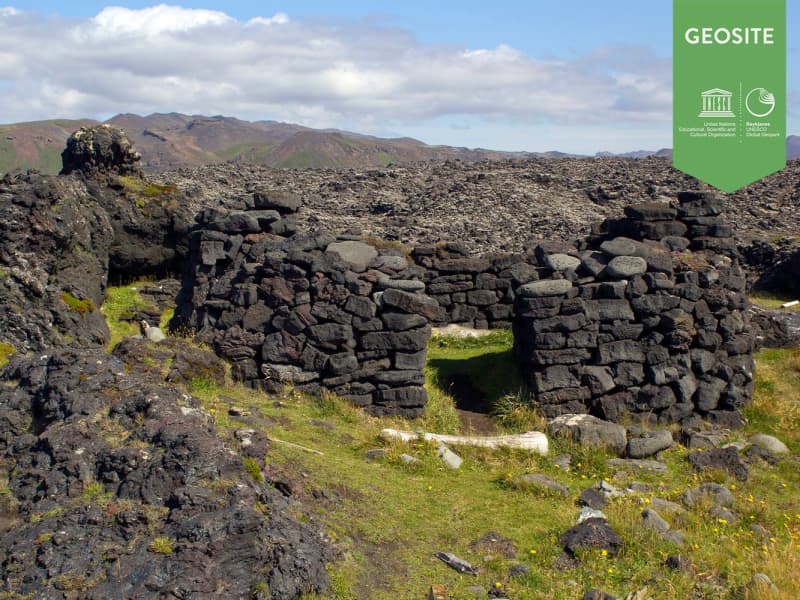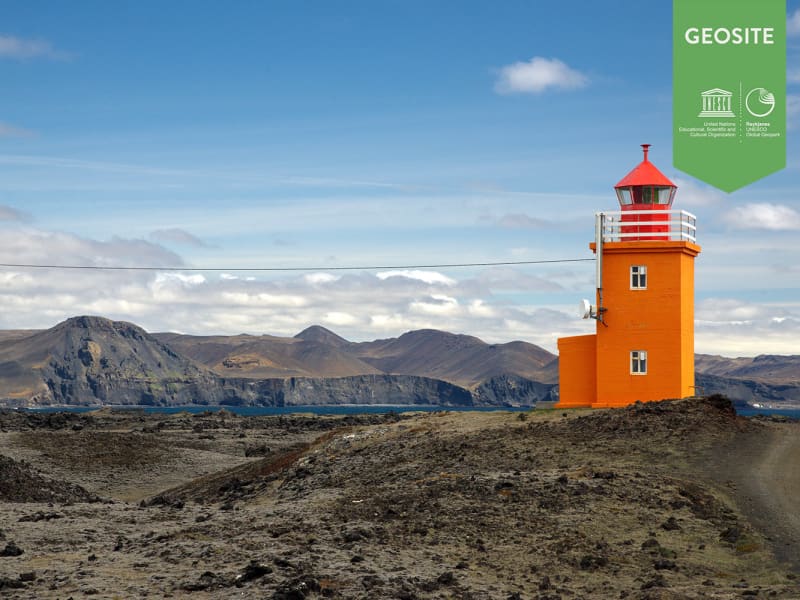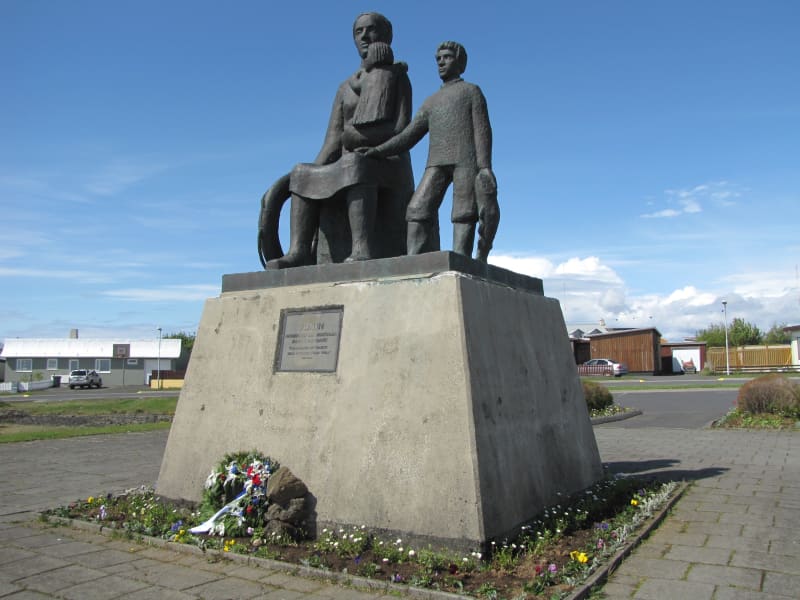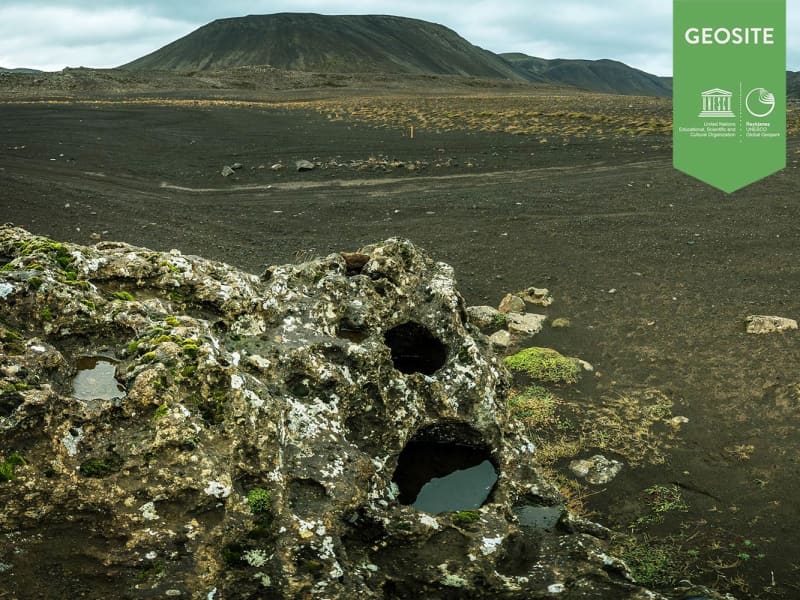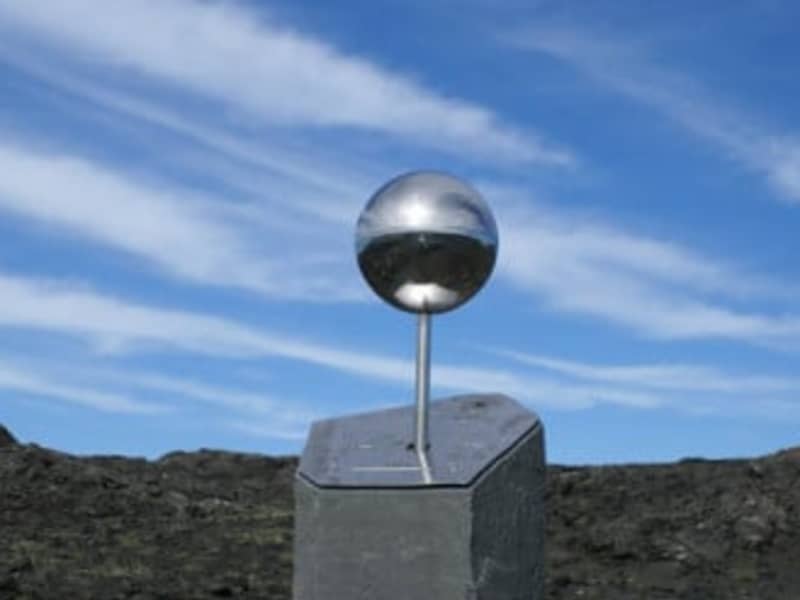Kirkjubol
Kirkjubol was a farm at Gardskagi, often occupied by rich farmers and noblemen. In 1433, a group of men, escorting Bishop Jon Gerreksson of Skalholt under the command of Magnus Kaemaster, who had asked for the hand of Margret, the daughter of Governor Vigfus Holm, but suffered rejection, visited Kirkjubol. Magnus was furious and decided to set the farm afire and burn Margret alive. She was, however, the only person to escape from the fire and get away on horseback. She vowed to marry the man who would carry out her revenge. It was done by Thorvaldur Loftsson from the farm Modruvellir in the North.
In 1550, the last catholic bishop of the northern see was executed. Kristian, the envoy of the Danish Governor, was responsible for that decision. In the early part of 1551 he travelled with a large group of men to the Reykjanes Peninsula on the King´s business and spent the night at Kirkjubol. During the night a group of men from the North attacked the farm, and with the permission of the farmer they breached the roof to get in, where they killed Kristian and most of his men. Their bodies were buried north of the home fields. Immediately afterwards the dead started haunting the living and the Northlanders exhumed the bodies, severed the heads from them and put them at their buttocks to prevent any further wanderings of their souls. News of the slayings and the demeaning burying methods reached the King´s court and Danish soldiers were sent to the farm to apprehend the farmer, who was then beheaded at Farm Straumur.
Copy right: www.nat.is Used by permission.
